Good Leadership: The Negative Brainstorming Approach
Leadership, a term often discussed in the context of its shortcomings rather than its merits, plays a pivotal role in various facets of life—be it in business, politics, or sports. But what exactly is leadership, and how does it manifest itself? Boiling it down, what does good leadership truly look like?
To explore this, let’s delve into a valuable tool from Continuous Improvement known as ‘Negative Brainstorming’ or ‘Reverse Brainstorming.’ This technique proves useful when grappling with problems or challenges. By focusing on the negative aspects, it sheds light on the hurdles, aiding a better understanding of what constitutes good leadership. It is, in essence, an exercise in recognizing what poor leadership entails.
From my own experiences, poor leadership is unmistakable through certain behaviours. A lack of clear direction, coupled with ineffective communication and excessive control, characterises it. Poor leaders fail to set examples, dismiss innovative ideas and avoid taking responsibility for mistakes. Adaptability issues, favouritism and a lack of empathy further compound the problem, leading to poor decision-making.
The most detrimental aspect of poor leadership, however, is the failure to acknowledge and reward the efforts of the team. This behaviour creates a negative work environment, fostering high turnover and low morale, ultimately impacting the overall effectiveness of the organisation.
Based on these negatives, what does a good leadership look like then? Good leadership is a nuanced quality often overlooked in discussions. It involves the ability to listen, adapt and nurture the growth of the team. Effective leaders inspire and guide a group of individuals towards shared goals. They make crucial decisions, communicate effectively and empower their team, creating a positive work environment.
Having a leadership philosophy proves instrumental in guiding one’s approach to leadership. It provides a clear direction, helps make decisions in line with values and vision and fosters stability and trust within the team. A leadership philosophy is not a rigid framework, it allows for adaptability while inspiring and motivating a team. Importantly, it encourages personal reflection, aiding in continuous improvement.
One notable leadership philosophy that aligns closely with efficiency, innovation and team empowerment is ‘Lean Leadership.’ Rooted in Lean Manufacturing principles, it champions collaboration, transparency and adaptability. Lean leadership seeks to eliminate waste, streamline processes and instil a culture of continuous improvement.
Lean leadership delivers not only organisational benefits but also significantly impacts individuals within the workforce. Studies show substantial increases in productivity, with organisations adopting Lean practices experiencing a 15-30% boost. Job satisfaction also sees a notable improvement, with teams led by engaged leaders, often associated with Lean principles, reporting 21% higher productivity levels. Additionally, Lean initiatives contribute to a substantial 20-50% reduction in costs for organisations, emphasising the financial and operational advantages. These statistics underscore the tangible and positive effects that Lean leadership brings to both the organisational and individual levels, making it a valuable approach for enhancing efficiency, satisfaction and cost-effectiveness.
So, how do you do this? Transitioning to Lean leadership is not an overnight task. It so often encounters resistance, requires effective communication and demands adept change management. Training and coaching play a crucial role in bridging conceptual gaps, preventing the pitfall of fixating on metrics without understanding the underlying principles.
From personal experience in a Lean leadership transition, the journey involved challenges but also profound transformations. Embracing the Lean mindset and adjusting my leadership style marked a turning point, bringing tangible changes within my team and across the organisation. It underscores the importance of individual learning and adaptability in driving positive transformations.
For me, thinking back many years ago to the start, Lean leadership refined my approach, prioritising collaboration over hierarchy and outcomes over processes. It resulted in improved job satisfaction, morale and increased opportunities for skill development within my team. Stakeholders and customers alike noticed the positive changes, highlighting the transparency and efficiency in operations. This isn’t an isolated case, it’s a common outcome for those adopting a Lean leadership philosophy.
In conclusion, Lean leadership is not just a set of guidelines, it’s a transformative mindset that enhances individual well-being and significantly contributes to organisational success. The journey may be challenging, but the rewards in terms of individual effectiveness, productivity, job satisfaction and cost efficiency make it a worthwhile pursuit. Adopting a Lean leadership philosophy is more than a professional shift, it’s a commitment to continuous improvement, collaboration and creating a positive work culture.
If you’d like to learn more, or take steps into becoming a Lean leader, visit www.eversolean.com or email me at matt@eversolean.com, and together we can make changes that take you where you want to go!


